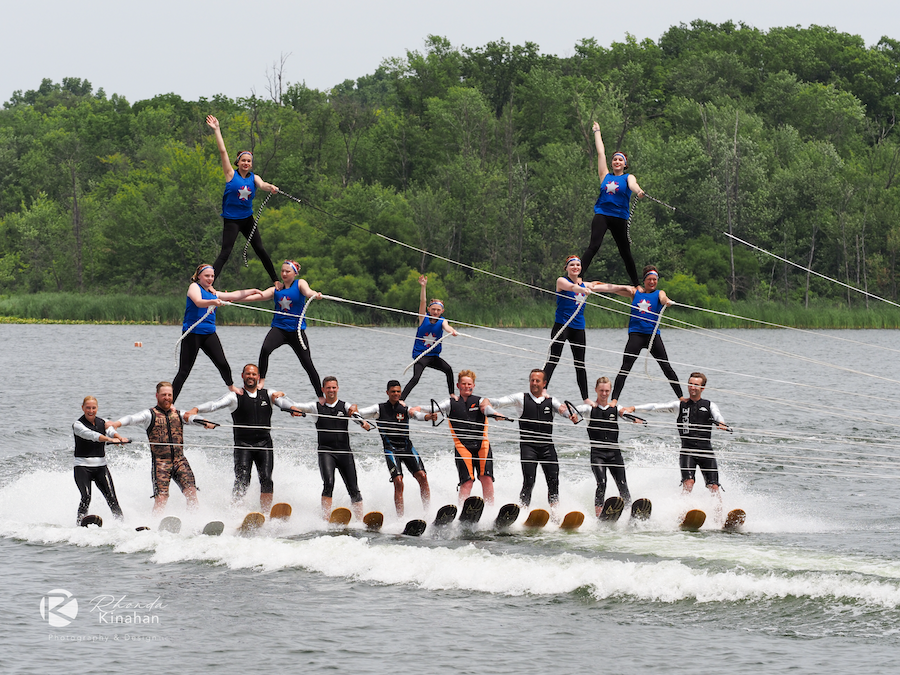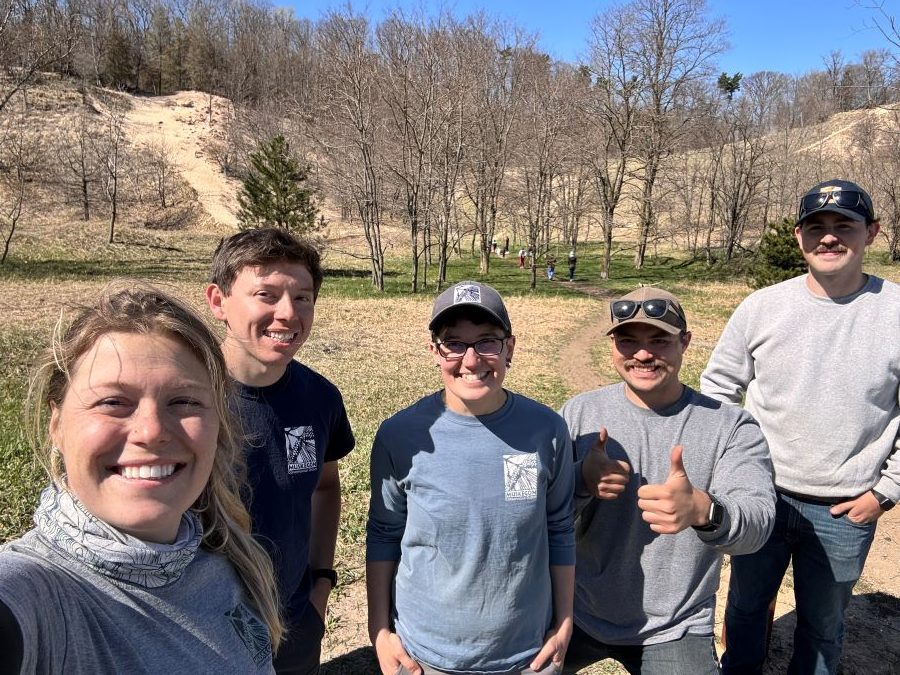Invasive pest already confirmed in five southwest Michigan counties
Hemlock woolly adelgids, tiny invasive insects that suck nutrients from hemlock trees, are known to be present in Allegan, Ottawa, Muskegon, Oceana and Mason counties.
State agency staff, university researchers and regional cooperative invasive species management areas have been working to identify and contain infestations that span across public and private lands.
This winter, the Michigan departments of Natural Resources and Agriculture and Rural Development encourage those who have eastern hemlock trees on their property, whether in known infested counties or elsewhere, to take time to inspect the trees for signs of hemlock woolly adelgid.
If untreated, hemlock woolly adelgids can kill hemlock trees in four to 10 years. Trees can be protected with proper insecticide treatments.
Winter is the optimum time to look for evidence of an infestation. As hemlock woolly adelgids feed, they secrete a white, waxy material that creates ovisacs. The presence of these small, round, white masses make it possible to identify infested trees.
Again this winter, DNR and CISMA survey crews will be looking for signs of hemlock woolly adelgid on public and private lands within 5-miles of the Lake Michigan shoreline, the most probable area for new infestations.
Though crew members will cover a lot of ground, they won’t be able to check all trees. If you have eastern hemlocks on your property, take some time to look for signs of hemlock woolly adelgid. Up close, ovisacs look like balls of spun cotton and may appear alone or in clusters. The short video “Hemlock woolly adelgid: Invasive species in Michigan” provides helpful identification tips.
Report suspected hemlock woolly adelgid infestations through the Midwest Invasive Species Information Network, available online at MISIN.MSU.edu or as a downloadable smartphone app. The MISIN smartphone app will take a GPS location point if a report is made at the site; it also will allow you to upload photos with a report.
For more information on identification, reporting or treatment, visit the Michigan Invasive Species Program’s hemlock woolly adelgid page at Michigan.gov/HWA or contact Drew Rayner, DNR West Michigan hemlock woolly adelgid coordinator, at RaynerD1@Michigan.gov or 517-231-8763.



